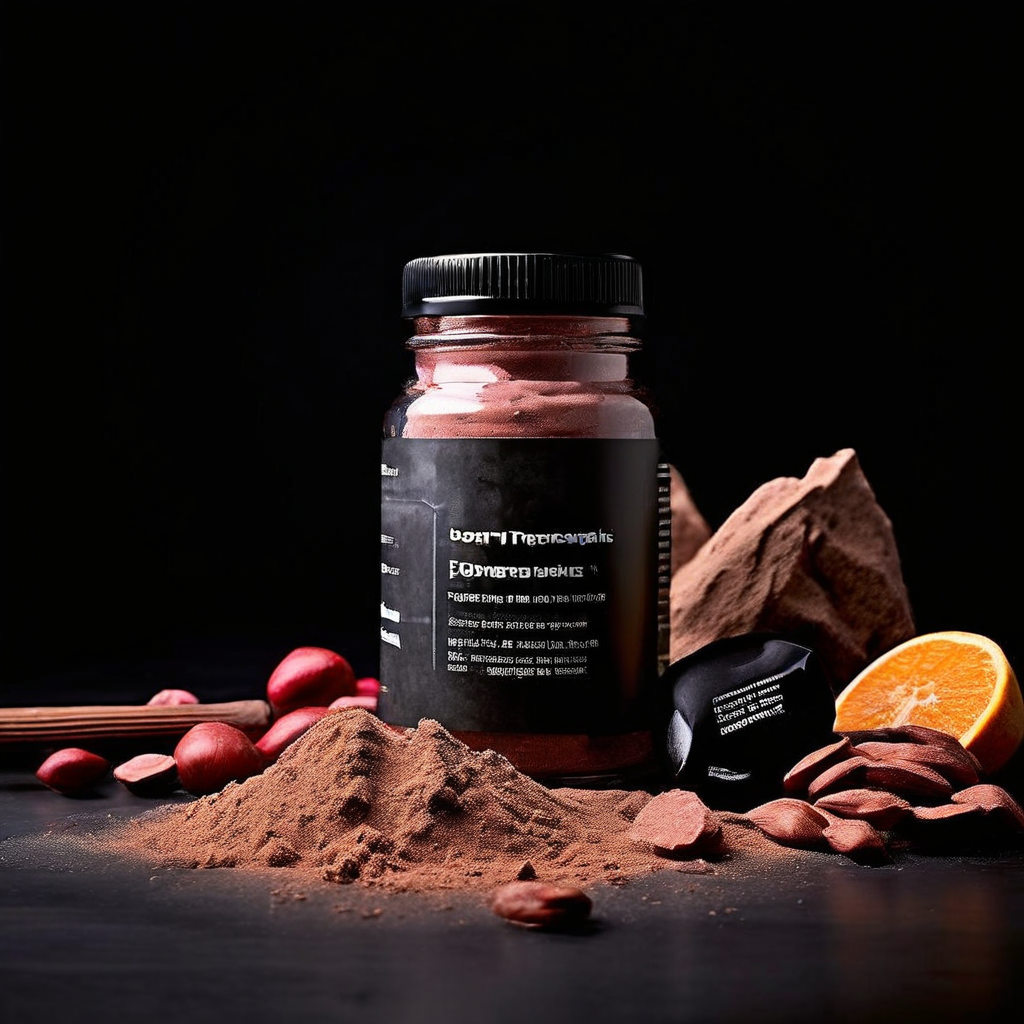Turmeric does not contain berberine. They are two distinct compounds with different chemical compositions and sources.
Turmeric and berberine often get confused due to their similar yellow color and overlapping health benefits. This blog post aims to clarify the differences and similarities between these two compounds.
Chemical Composition and Sources
Turmeric, known scientifically as Curcuma longa, belongs to the ginger family. The primary active ingredient in turmeric is curcumin, a polyphenol responsible for its yellow color. Curcumin is renowned for its antioxidant and anti-inflammatory properties. It has been extensively studied for its potential health benefits, including its role in managing musculoskeletal, cardiovascular, gastrointestinal, and immune functions.
Berberine
Berberine is a quaternary ammonium salt from the protoberberine group of benzylisoquinoline alkaloids. It is found in several plants, particularly in the roots, rhizomes, stems, and bark of species such as Berberis (barberry), goldenseal, Oregon grape, and tree turmeric. Berberine has a long history of use in traditional Chinese, Ayurvedic, and Native American medicine. It is known for its potential therapeutic properties, including its role in managing diabetes, cardiovascular issues, and gastrointestinal disorders.
Differences Between Turmeric and Berberine
Turmeric and berberine are chemically distinct. Curcumin, the active compound in turmeric, is a polyphenol. In contrast, berberine is an alkaloid. This fundamental difference in chemical structure means they interact with the body in different ways and have different bioavailability profiles.
Bioavailability
Both curcumin and berberine face challenges with bioavailability, meaning they are not easily absorbed by the body. However, advancements in technology have improved their absorption rates. Combining curcumin with piperine, a compound found in black pepper, can increase its bioavailability by 2000%. Similarly, nanotechnology has been used to enhance the bioavailability of berberine.
Therapeutic Uses
Both compounds have been studied for their potential health benefits, but they are used to address different health concerns. Curcumin is primarily known for its anti-inflammatory and antioxidant properties. It is useful in managing conditions like arthritis, cardiovascular diseases, and certain types of cancer. On the other hand, berberine is noted for its role in managing metabolic conditions such as diabetes, obesity, and high cholesterol.
Safety and Side Effects
Turmeric is generally considered safe when consumed in moderate amounts as a spice in cooking. However, high doses of curcumin supplements can lead to gastrointestinal issues such as diarrhea and nausea. Some individuals may also experience mild gastrointestinal discomfort or allergies to turmeric.
Berberine
Berberine is also generally safe but can cause gastrointestinal side effects like diarrhea or constipation, especially when starting supplementation. It is not recommended for pregnant or breastfeeding women, children, or individuals with certain medical conditions such as liver disease.
Key Takeaways
- Turmeric and berberine are distinct compounds.
- Turmeric’s primary active ingredient is curcumin.
- Berberine is found in plants like barberry and goldenseal.
- Both have unique health benefits and therapeutic uses.
- Bioavailability is a challenge for both but can be improved.
- Safety profiles differ; consult healthcare providers for advice.
Summary
Turmeric does not contain berberine. They are two distinct compounds with different chemical compositions, sources, and therapeutic uses. While both have significant health benefits, they should not be confused with one another. Turmeric’s primary active ingredient is curcumin, a polyphenol, whereas berberine is an alkaloid found in various plants such as barberry and goldenseal.



